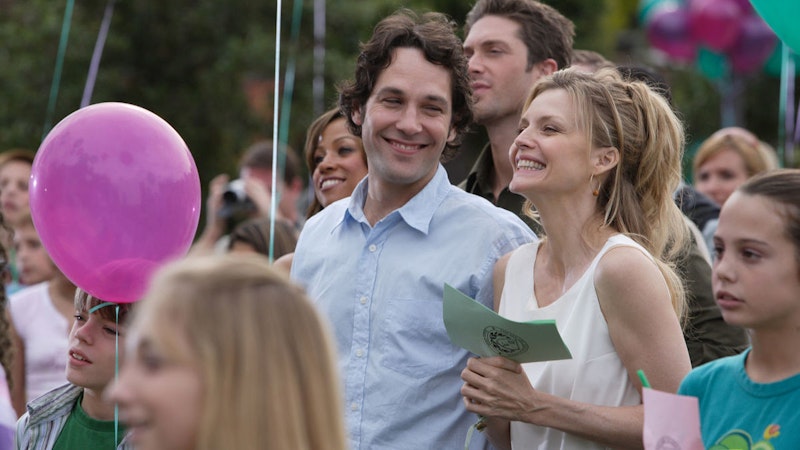In all the Hollywood mea culpas over the last six years, not many people brought up Amy Heckerling. To call her career “tragic” isn’t just an exaggeration but absurd: she’s one of the only people, along with Wes Craven, to direct generation-defining films for successive generations. Heckerling’s Fast Times at Ridgemont High and Clueless are both solid American staples like Craven’s A Nightmare on Elm Street and Scream; both were released over a decade after the other. Craven had a prolific career before his death in 2015, never going more than five years without making a movie.
That kind of track record is rare for female directors. Heckerling worked steadily through the early-1980s, following up Fast Times with 1984’s Johnny Dangerously, a critical disappointment and modest commercial success; and 1985’s National Lampoon’s European Vacation, the first of her franchise movies. Heckerling directed three Look Who’s Talking installments from 1989 to 1993, made her second classic in 1995, and then another five-year gap between films. She only has three left: Loser, I Could Never Be Your Woman, and Vamps, which came out 11 years ago.
Like so many female directors, most of her career was spent in television. Like Allison Anders and Nicole Holofcener, Heckerling directed Sex and the City instead of making more movies for Miramax or October. Work is work, and I love Sex and the City, but 2007’s I Could Never Be Your Woman is a proud, not bitter, satire of the entertainment industry. I’d never heard of the film until recently, despite stars Michelle Pfeiffer and Paul Rudd. Was this a made-for-TV movie? Couldn’t be—the poster looks like something by Nancy Meyers. Bauer Martinez Productions was able to secure distribution in a number of European countries, but the film, which finished shooting in 2005, never received a theatrical release in the United States. Pfeiffer found out as she was boarding a plane to do a press junket that never happened.
The satire in I Could Never Be Your Woman may be more biting than The Player, but it could just be the 15-year difference. The script wasn’t the issue with studios and distributors, it was Pfeiffer and her age. People aren’t interested in older female driven stories. But Michelle Pfeiffer? Michelle Pfeiffer??? What they must’ve objected to was how generous the film is to her character, a show runner on a high school sitcom. Paul Rudd improbably plays a 29-year-old actor who not only gets the part but gets the show runner, and their May/December romance makes it through the movie.
None of that Hollywood bullshit about forbidden desires and situations that must be remedied, forgiven, and forgotten—throughout I Could Never Be Your Woman, Heckerling undermines and bypasses so many sclerotic screenwriting cliches: Saoirse Ronan, in her screen debut, plays Pfeiffer’s daughter, more precocious than most and refreshingly—and realistically—smart. A bitter receptionist plants fake evidence suggesting Rudd’s character is having an affair with his co-star, and when confronted, his explanation is immediately and joyously accepted; later, when a doctored traffic cam photo shows up, it still takes at least 15 minutes for a timestamp on some dailies to prove that false, too. Miscommunication is so abused in screenwriting, and it’s funny to see Heckerling play with that.
And, as if this is still controversial, Pfeiffer is the middle-aged romantic lead chasing a younger guy. They fall in love, get together, and despite the aforementioned speed bumps, they both live happily ever after together (whether or not their show gets renewed). This was apparently especially disturbing to potential patrons, and the film remains obscure today, despite being available in high definition on a few streaming services (the color grading in the film leans yellow like many early digital productions, but this was shot on 35mm film).
Heckerling didn’t have the time or the money to make a classic movie for mothers and daughters, and the production value is too low to rank it among her earlier classics. But it’s an interesting, unusual, and unpredictable film from an important director.
—Follow Nicky Smith on Twitter: @nickyotissmith

